"We're closing the gap," the Nova standing next to me shouted through her radio. "Keep your eyes on the prize!" But it was only the character saying that. The person playing Nova had already accepted defeat. We all had. Except for the computer.
"It's over," one of my teammates typed a moment after Nova tried to rouse our spirits. "Yup," another responded. They didn't want to keep fighting. But we couldn't surrender, either. So instead we all just wandered idly around the map for a final few minutes, waiting for the enemy team to make one last push into our base.
Blizzard, the company that made Heroes of the Storm, defines the game as a "hero brawler." But really, it's a MOBA--an idiosyncratic and sparsely populated genre of games that mix together bits and pieces of real-time strategy and fighting games in fiercely competitive five-on-five matches. At face value, Heroes has a lot in common with its popular predecessors League of Legends and Dota 2--games that, ironically enough, were inspired by heavily modified versions of the classic RTS games StarCraft and Warcraft III. Like League and Dota, Heroes pits two teams of fantastical creatures against each other to see who can destroy the other's base first. One building specifically. In Heroes, it's called the core:
Blizzard did its best to differentiate Heroes of the Storm from the rest of the MOBA pack, though. One of the most curious details I noticed early in my time with the game is the way it always tries to cheer you on, no matter how bad the battle at hand is looking. The characters fighting next to you will shout things like, "don't give up!" or, "keep fighting, the tide is turning!" The fact that Heroes doesn't actually allow teams to surrender shows that Blizzard really means it when it has the game say: don't give up.
It can be nice to hear the game deliver a reassuring message--one that doesn't usually come so easily to your human teammates. When a game is going really badly, though, it starts to sound out of touch with reality. As if the game itself is behaving like that one strong-headed teammate who just won't accept the fact that he's losing until the word "DEFEAT" is plastered across the screen.
That's Heroes of the Storm in its present form--an intriguing, colorful mess of apparent contradictions. The game goes out of its way to cheer you on and convince you that you're doing a good job, even when you're clearly not. Its design encourages collaboration and teamwork, but its internal social systems make it frustratingly difficult to effectively communicate and befriend other players. Blizzard has said they want it to be an easier game than its competition--easier to get into, easier to play, easier to watch. But they also want it to go toe-to-toe with League of Legends as a formidable eSport.
Something like Super Smash Bros. can be a family-friendly party game and a fiercely competitive fighting game at the same time. But I don't think MOBAs--which, by nature, are competitive team-based multiplayer games--can be all things to all people. Many of the features that make games like League of Legends or Dota 2 fun for the people who play them are precisely the same things that make them formidably challenging to newcomers and incomprehensible to outsiders.
Heroes of the Storm often seems like a game that wants to have its cake and eat it too, in other words. What's amazing and more than a little crazy is that it actually sort of works.
www.safewow.com




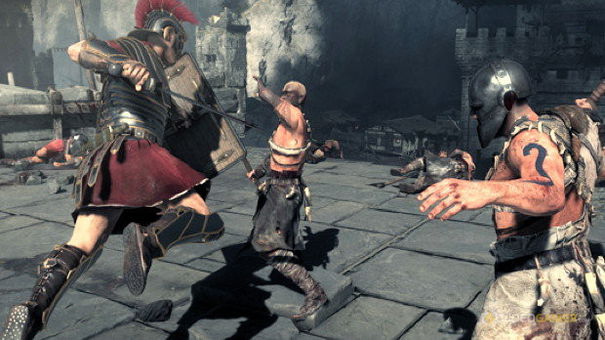
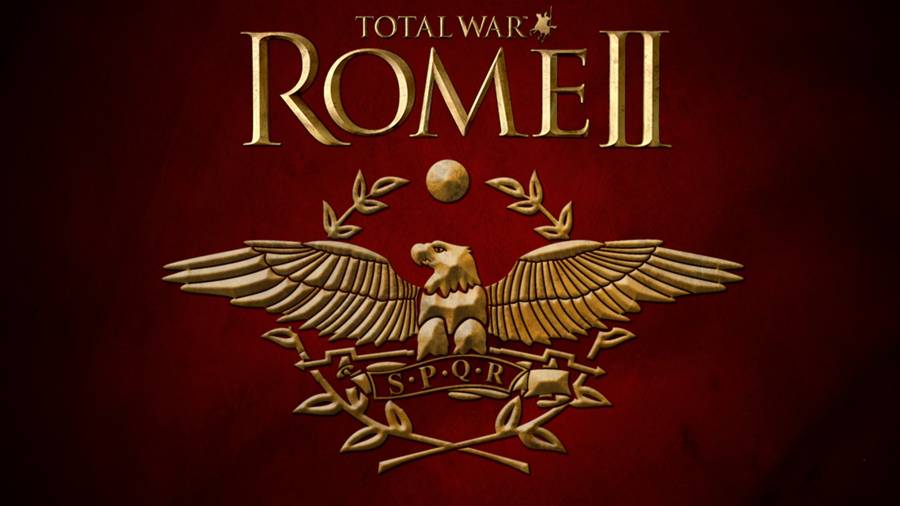
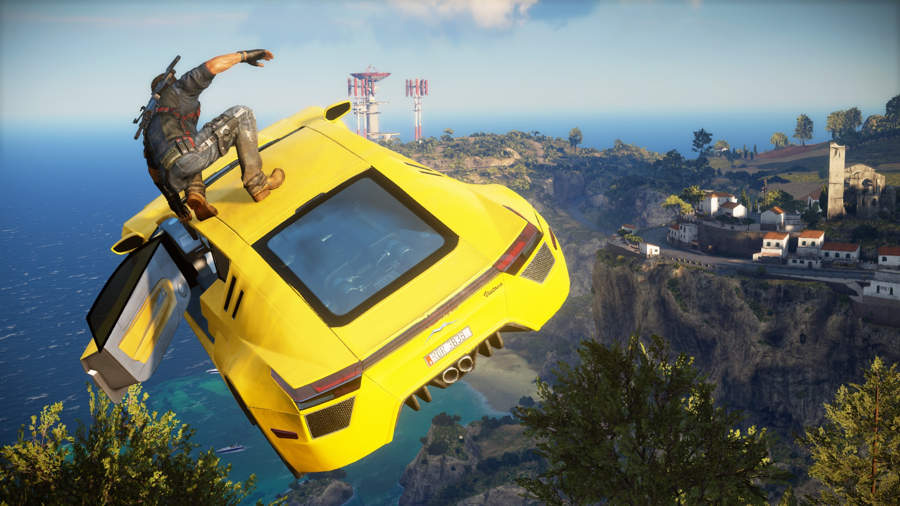 Just Cause 3 Vehicle Location Guide
Just Cause 3 Vehicle Location Guide Survival Lava Islands, Minecraft Survival And Adventure Map Download
Survival Lava Islands, Minecraft Survival And Adventure Map Download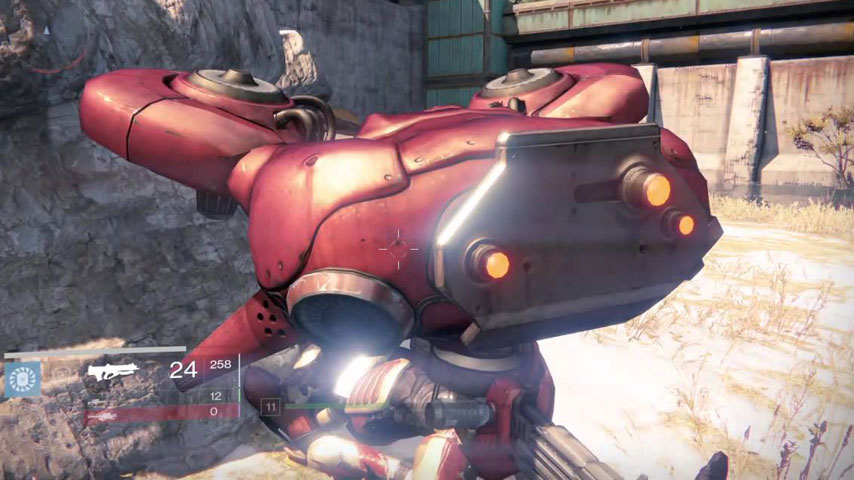 Destiny: The Taken King – how to beat the Project S.A.B.E.R. Strike
Destiny: The Taken King – how to beat the Project S.A.B.E.R. Strike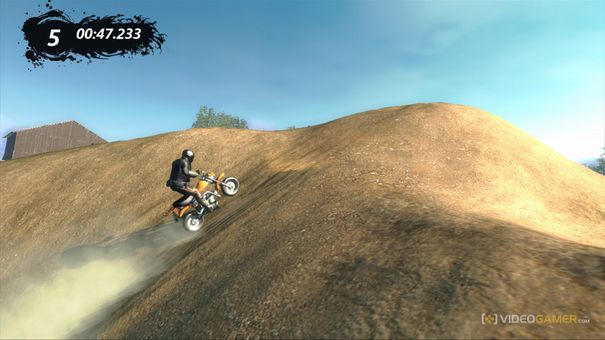 Trials Evolution tips and advice from Redlynx
Trials Evolution tips and advice from Redlynx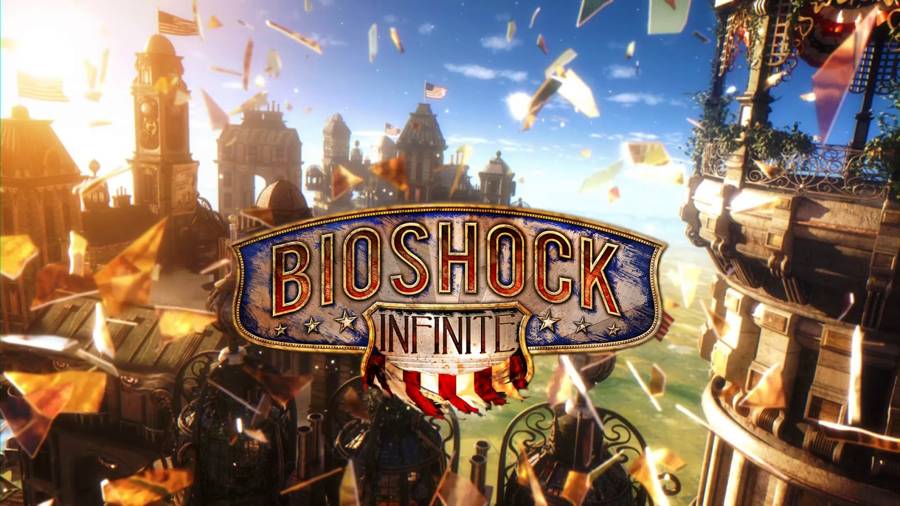 Bioshock Infinite Guide: Infusion Location guide
Bioshock Infinite Guide: Infusion Location guide